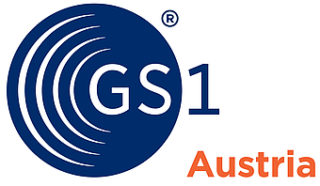Best practices: how to successfully connect pre-suppliers
There is no doubt that food retailers and the food industry are among the pioneers of Electronic Data Interchange (EDI) in the business-to-business sector. But the automotive industry has also acquired plenty of experience in creating industry-specific solutions. One of them is the now well-established practice of connecting pre-suppliers to the system (upstream EDI). This certainly is an example to follow.
Across all industries, manufacturing companies, wholesalers, intermediaries, and retailers agree on one thing: warehousing is a significant cost driver. This includes expenses for buildings, staff, and tied capital, but also all risks associated with warehousing. Food is perishable, while clothes might go out of fashion or out of season. Vehicles, in turn, are suddenly no longer attractive to consumers as soon as a follow-up model comes out.
Food retailers are EDI pioneers
Another thing all industries have in common is that they all benefit from the many benefits inherent to Electronic Data Interchange (EDI). Food retailers and food producers are true trailblazers in this realm. For 40 years, Austria’s leading EDI service provider EDITEL has been a reliable partner for this industry and has significantly shaped EDI technology. Over the years, more and more sectors have embraced EDI. “ODETTE is for the automotive industry what EANCOM is for the consumer goods industry. Every industry has the solutions that best fit its needs,” said Gerd Marlovits, EDITEL’s CEO.
Thinking outside the box to see the bigger picture
The differences between industry-specific solutions offer a good opportunity to learn from each other. After all, the automotive industry is considered to be one of the most demanding industries when it comes to automating production and digitally connecting suppliers. Two technical terms are highly relevant in this context: “just in time” and “just in sequence.”
In the automotive industry, given that clients want different features, individual car models are produced in different versions. Multiple parallel production lines increase complexity even further. To illustrate the volume, in 2019 alone, the world’s 19 largest automotive manufacturers built 78.6 million cars (including light commercial vehicles; according to the Center of Automotive Management). This goes to show that pinpoint accuracy in procurement, warehousing, and logistics for individual components is key in the automotive industry.
The adequate volume at the right time
What might sound like a herculean task is made manageable by concepts such as “just in time” and “just in sequence.” This means that automotive suppliers deliver their parts to the assembly line not only in the adequate volume and specifications, but also at the exact point in time requested by the client. This helps avoid mistakes by assembly workers.
Such complex yet sophisticated logistics would be impossible without seamless information exchange via EDI between carmakers and their suppliers (ideally across three levels, which are called “tiers”).
Upstream EDI: another link in the chain
Food producers are increasingly discovering the benefits of upstream EDI, meaning that pre-suppliers are integrated into the system. This approach is not yet widely used. In addition to directly improving processes, upstream EDI has other positive effects: thanks to more granular supply chain coordination, overproduction and food waste can be avoided. EDI technology also plays an important role when it comes to product origin and product traceability. While precise information meets consumers’ increasing information need, it also comes in very handy in the case of product recalls because only certain batches and not the entire production need to be pulled off the shelves.
iStockphoto copyright ipopba




